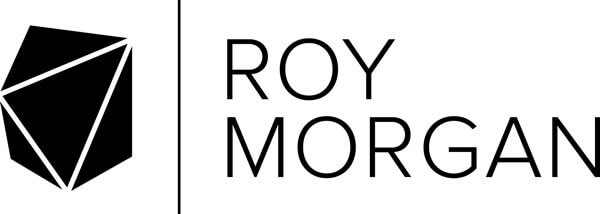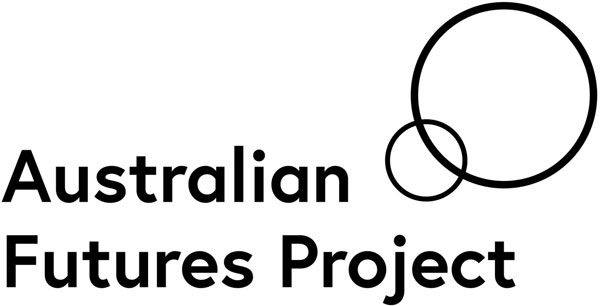About the data
The Perfect Candidate is based on data and analysis from Roy Morgan, policy statements on the websites of the political parties and independents, and analysis and insights from the Australian Futures Project. The Perfect Candidate compares the concerns of Australians with what our politicians say they are most concerned about. This comparison was created using two datasets.

Roy Morgan
The first is Roy Morgan. Roy Morgan is the pre-eminent and longest established market research company in Australia, with an unparalleled reputation as the nation’s single source of truth. Every week Roy Morgan interviews 1,000 single sources of truth – average Australians – face-to-face, in their own homes. The result of the 50,000 personal interviews each year is the Roy Morgan ‘Single Source’ population database, revealing the attitudes, values, and behaviours of Australians across a comprehensive range of activities. Roy Morgan data scientists are then able to report on Australia’s political and voting behaviour, media consumption and influences, vehicle consideration and purchase, retail visitation and spending, financial sector intentions and behaviour, travel and leisure intention and spending, telecommunications attitudes and behaviour, and much, much more. Given its reputation for truth and trust, Roy Morgan also conducts landmark social research for the Australian government.
As part of this research, Roy Morgan asks Australians to nominate the three issues of most importance to them from a list of 18. These answers are then aggregated to create a ranked list of the 18 issues, which can be segmented by variables including electorate, age, and gender.
The Perfect Candidate refers to these issues as “issues” or "concerns” and it’s this data that allows The Perfect Candidate to be a true voice of the people and explore how that voice varies based on who you are and where you live.
To get the most accurate picture of people’s concerns in every Australian electorate, The Perfect Candidate draws on 30 months of Roy Morgan data from July 2016 (the date of the last Federal Election) until December 2018 (the most recently available data). The total sample size for this data is 125,845. Of that total sample, 119,335 people were aged 18 or over and 104,736 were enrolled to vote. These sample sizes make the data statistically valid at every segment shown on this website.
Australia’s political parties and independents
The second dataset comes from the political parties and independents themselves. Each political party and independent publishes their policy priorities on their website.
The Australian Futures Project mapped these policy priorities to the 18 issues used in the Roy Morgan research. This reveals how the political parties and independents rank the 18 issues – the higher in their list of policies, the more important it is to them. Some political parties and independents are focussed on policy issues that are not in the 18 issues used in the Roy Morgan research, so those policy issues were ignored for this mapping exercise. The Australian Futures Project makes no judgement about the importance of those policy issues to Australia’s future.
This analysis used information on the websites of political parties and independents available on 6 April 2019. It was restricted to political parties and independents in the House of Representatives (also called the lower house) in the current Federal Parliament elected on 2 July 2016. It does not include party candidates for the upcoming Federal Election whose party is not in the current Federal House of Representatives. It also does not include independent candidates for the upcoming Federal Election who are not in the current Federal House of Representatives.
Users can compare the top concerns of the whole of Australia to political parties that are in the House of Representatives in the current Federal Parliament elected on 2 July 2016. Users can compare their electorate only to political parties and independents who stood for election in that electorate in the 2016 Federal Election and are in the current Federal House of Representatives. In the case of the two new electorates created for the 2019 Federal Election (Bean and Fraser), users can compare the electorate to the Liberal Party of Australia, Australian Labor Party, Nationals, and Australian Greens.
Two datasets, one clear picture.
By comparing these two datasets, The Perfect Candidate shows how aligned Australia’s political parties and independents are with the people – the Australian public – on an electorate and national level. This enables Australians to make more informed voting decisions, demand better from candidates in their electorate, and help make short-termism a thing of the past.
The Perfect Candidate compares the top five concerns of an electorate as revealed by the Roy Morgan research with the top five concerns of a political party or independent as revealed by their own websites. The Perfect Candidate looks at both the actual concerns and how they rank. If there’s a complete match of concerns and rank, The Perfect Candidate calls it “fully aligned” and gives it a five-star rating. If a political party’s or independent’s concerns are completely different from the electorate’s concerns, The Perfect Candidate calls it “unaligned” and gives it a zero-star rating. In between, there are four other levels of alignment: “barely aligned” with one star, “slightly aligned” with two, “somewhat aligned” with three and “mostly aligned” with four stars.
If you’d like to know more about the data or comparison methodology, please email theperfectcandidate@australianfutures.org.

Have feedback?
Like Australia, The Perfect Candidate is greater than the sum of its parts – the more we put in, the more we get out. With that in mind, your contribution is valued. If you believe there’s a discrepancy in the data, let us know by sending an email to theperfectcandidate@australianfutures.org